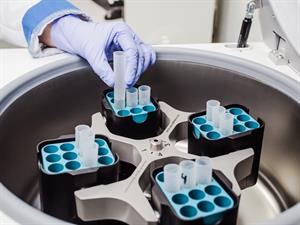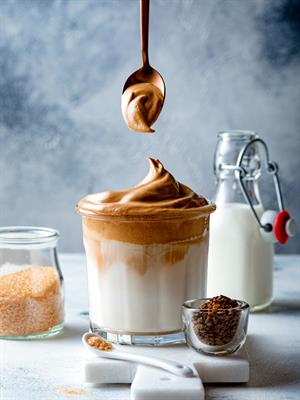
PUMPA - SMART LEARNING
எங்கள் ஆசிரியர்களுடன் 1-ஆன்-1 ஆலோசனை நேரத்தைப் பெறுங்கள். டாப்பர் ஆவதற்கு நாங்கள் பயிற்சி அளிப்போம்
Book Free DemoWe can use various methods to separate the mixtures. Here, we explore three widely used methods to separate the mixture.
Centrifugation
The centrifugation method separates two materials of different densities by spinning them together. When insoluble particulates are found in a dissolved solution, they are used to isolate products of similar densities.
Principle: The centrifugal acceleration causes denser particles to move outward in the radial direction. At the same time, less dense particles being displaced and move towards the centre.

Centrifugation instrument
Function:
- The fine insoluble solids from a solid-liquid mixture can be separated by the process of centrifugation.
- The machine centrifuge rotates at a very high speed. The heavier solid particles move down, and the lighter liquid remains at the top.
Example:
Let us now check how can we separate the milk from cream using centrifugation method:
Step 1: Fill a test-tube halfway with full-cream milk.
Step 2: Centrifuge it for two minutes in a centrifuge pump. If you don't have access to a centrifuging machine at school, you can do this task at home using a milk churner.
Observation: There is a heterogeneous solution is obtained after centrifugation.

The denser particles remains at the bottom and lighter one floats
Result: The denser milk settles at the bottom, and the lighter cream floats on the top.
Applications:
- In pathological lab centres, they use this principle to separate the blood cells from the blood samples.
- We can use this process to separate the cream from the milk.
- Washing machines follow the same principle to separate the water from wet clothes.